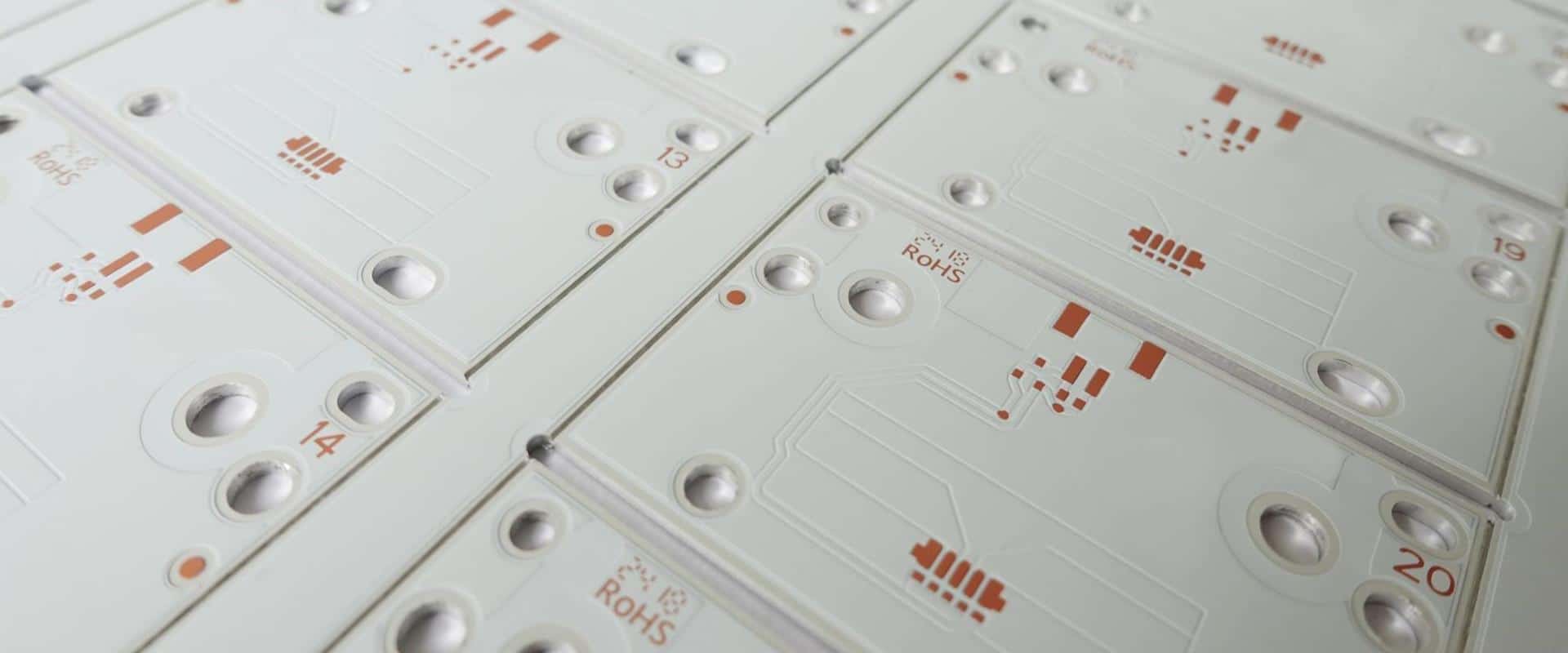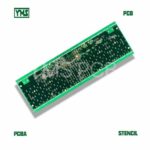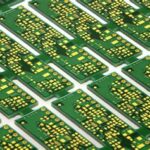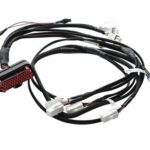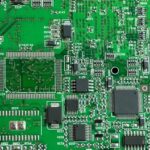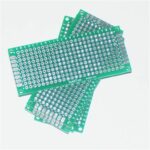Introduction
Aluminum printed circuit boards (PCBs) provide a thermally conductive metal core able to dissipate heat from high power components rapidly. This enables smaller form factors even when using heat-generating devices. Additionally, aluminum PCBs exhibit excellent electromagnetic interference (EMI) shielding properties. Their rigid structure also withstands vibration and mechanical stresses well.
However, working with aluminum PCBs requires specialized fabrication processes that differ from standard fiberglass boards. Not all PCB manufacturers offer aluminum capabilities. This article will provide guidance on vetting and selecting an aluminum PCB manufacturer.
Aluminum PCB Technology Overview
Aluminum core PCBs sandwich dielectric insulating layers between aluminum substrate layers which form a heat-spreading metal core. This allows heat to conduct from components into the aluminum layers and dissipate rapidly. A layer of copper traces is then etched atop the dielectric to form the conductive circuit. The assembly is bonded together under heat and pressure. Proper aluminum PCB processing requires:
- Aluminum surfaces preparation
- Oxide removal etching
- Dielectric adhesion promotion
- Thermal management expertise
- Precision bonding with minimal air gaps
These processes require specialized equipment and controls.
Reasons to Use Aluminum PCBs

Aluminum printed circuit boards provide several advantages:
- Excellent thermal conductivity
- Light weight compared to solid metal heat sinks
- Improved vibration, impact and flex resistance
- Integrated EMI/RFI shielding
- Allows smaller, thinner, high power density designs
- Metal provides structural rigidity
Applications such as LED lighting, power conversion, and even high-performance computing benefit from aluminum PCBs.
Aluminum PCB Manufacturing Capabilities
When vetting aluminum PCB fabricators, seek the following capabilities:
Substrate Options
- IMS (Insulated Metal Substrate) aluminum with polyimide dielectric
- MCPCB (Metal Core Printed Circuit Board) aluminum with epoxy dielectric
Layer Count
- 2 layer up to 6+ layers
Dielectric Selection
- Polyimide, epoxy, other insulating films
Trace Copper Weight
- 1-2 oz typical, thicker available
- LPI and gel-coat options
Panel Sizes
- 18”x24” to 21”x24” panels to optimize cost
Prototyping
- Fast turnaround on small batches
Testing
- Thermal characterization and analysis
Secondary Processing
- Contour routing, welding, tapping, installation
Certifications
- UL, IPC, ISO quality certifications
Choose an aluminum PCB partner able to deliver the layer count, size, dielectric material, and secondary operations needed for your application.
Aluminum PCB Design Considerations
To fully realize the benefits of aluminum PCB technology, designs should follow thermal management best practices:
Component Layout
- Cluster high-power components together near the center
Copper Area
- Maximize copper heat spreaders connected to devices
- Incorporate thermal vias under devices to conduct heat to aluminum core
Heatsinks
- Use thick aluminum PCB as base plate for additional heat sinks
Plane Layers
- In multilayer PCBs, use entire aluminum sheets as power or ground planes
Following established aluminum PCB design guidelines ensures your board can meet demanding thermal requirements.
Qualifying Aluminum PCB Manufacturers

Engineers should verify prospective aluminum PCB manufacturers meet key criteria:
Proven Capability
- Case studies and customer examples validating expertise
Facility and Equipment
- Capital equipment designed for metal core processing
Supply Chain
- Vetted raw material supply channels
Testing and Analysis
- Thermal characterization testing of fabricated boards
Engineering Expertise
- Assistance with design analysis and thermal modeling
Quality Systems
- ISO 9001, IATF 16949 quality certifications
Responsiveness
- Quick-turn prototypes along with scaled production
Service Locations
- Sales and engineering support aligned to your region
By thoroughly qualifying aluminum PCB partners, product developers gain access to specialized thermal management solutions.
Conclusion
Aluminum PCB fabrication requires dedicated equipment, processes, and expertise. Connecting with an experienced manufacturer skilled in metal core boards provides access to advanced thermal management capabilities enabling high-power density electronics. Using the criteria outlined here will help identify partners able to deliver aluminum PCBs tailored to your specific design needs.
Frequently Asked Questions

What are the main benefits of aluminum PCBs?
Aluminum PCBs offer superior thermal conductivity, heat dissipation, and EMI shielding compared to traditional FR4 boards. This enables smaller, lighter high-power density devices.
What thickness of aluminum is typically used?
Aluminum PCB cores generally range from 1mm to 3mm thickness. Thicker aluminum provides lower thermal resistance but increases weight and cost.
Are aluminum PCBs compatible with standard soldering processes?
Yes, aluminum boards can be assembled using standard SMT soldering equipment and processes. Thermal profiles may need adjustment.
Can aluminum boards be contoured like FR4 PCBs?
Yes, aluminum PCBs support secondary processing such as routing, punching and milling allow integration into 3D assemblies.
Are there downsides to selecting aluminum PCBs?
Aluminum boards have higher material cost and fabrication complexity than standard FR4. They also require following specialty design rules to fully utilize the technology.
